Scientific Name: Equisetum arvense L.
Synonyms: Equisetum calderae B.Boivin
English Name: Horsetail
Other Names in English (UK, USA, Canada, South Africa, Australia, New Zealand): Field Horsetail, Scouringrush, Cola de caballo
Family: Equisetaceae
GENERAL DATA
Plant parts: Leaves and stems
Cultivation mode: Wild collection/ Cultivated
In manufacturing: Pharmaceutical, Hydrosol, Herbal Tea, Cosmetics, Abrasives, Toothpaste, Protective clothing, Optical fiber, Thickeners for paint, Detergents, Cleaners, etc.
In food: –
🌿 Industries That Use Horsetail (Equisetum arvense L.)
Horsetail, or Field Horsetail, is a non-flowering perennial plant known for its jointed, brush-like stems and high silica content. Belonging to the Equisetaceae family, Equisetum arvense has been used since ancient times in traditional herbalism, cosmetics, nutraceuticals, and even industrial abrasives.
1. Pharmaceutical & Traditional Medicine Industry
Widely used in Western, Persian, and Chinese herbal systems for:
-
Bone & Joint Support: Silica aids in collagen synthesis and bone mineralization
-
Urinary Health: Acts as a mild diuretic and anti-inflammatory
-
Wound Healing: Historically applied as a poultice for minor cuts and skin issues
-
Anti-inflammatory & antioxidant properties used in internal tonics
✅ Common forms: Herbal teas, tinctures, powdered capsules, poultices
2. Nutraceutical & Dietary Supplement Industry
Due to its natural mineral content, especially silica, potassium, and flavonoids, horsetail is used in:
-
Hair, Skin & Nail supplements
-
Bone and cartilage support formulas
-
Detox and fluid-balancing blends
✅ Often paired with Nettle, Bamboo silica, or collagen supplements
3. Cosmetic & Personal Care Industry
Horsetail extract is prized in natural cosmetics for its toning and remineralizing effects:
-
Firming creams and anti-aging serums
-
Shampoos and hair tonics for brittle or thinning hair
-
Mineral-rich facial masks and skin-refreshing toners
✅ Regarded for tissue regeneration and antioxidant activity
4. Food & Beverage Industry (Specialized Use)
While not common in culinary applications, horsetail is:
-
Occasionally used in herbal teas and cleansing infusions
-
Employed in traditional fermented tonics in Eastern Europe
-
Considered a functional botanical rather than a flavoring herb
✅ Requires controlled use due to its alkaloids (e.g., palustrine)
5. Agricultural & Natural Pesticide Use
-
Used in organic farming as a natural antifungal foliar spray
-
Controls powdery mildew and rust in vineyards and orchards
-
Part of biodynamic preparations
✅ Especially popular in sustainable and biodynamic viticulture
6. Industrial & Historical Applications
-
The silica-rich stems were historically used as natural scouring pads
-
Known as “pewterwort” due to its use in polishing pewter and metalware
✅ Still used in traditional instrument cleaning and craft applications
✅ Summary of Key Applications
| Industry | Common Uses |
|---|---|
| Pharmaceutical & Traditional | Diuretic, bone support, wound healing, anti-inflammatory tonics |
| Nutraceutical & Supplement | Skin, hair, bone supplements, silica-rich detox blends |
| Cosmetic & Personal Care | Anti-aging creams, hair tonics, skin toners |
| Food & Beverage | Herbal teas, detox blends, fermented tonics (minor usage) |
| Agriculture & Eco-Farming | Organic antifungal spray, biodynamic preparation |
| Industrial & Historical | Natural abrasive, scouring pad for metal or wood cleaning |
🌱 Key Features
-
💎 Extremely rich in bioavailable silica (up to 10% of dry weight)
-
🌿 Contains flavonoids, saponins, alkaloids, and minerals
-
🌍 Native to Europe, Iran, North America, and parts of Asia
-
🧴 Available as dried herb, extract, capsule, or cosmetic ingredient
-
⚠️ Requires moderation in long-term use due to small amounts of alkaloids
PRODUCT NAME IN DIFFERENT LANGUAGES
Persian Name: دم اسبی/ Dom-e-Asbi
German Name (Deutschland, Austria, Switzerland): Ackerschachtelhalm, Schachtelhalmkraut, Zinnkraut
French Name (France, Belgium, Switzerland, Quebec): Prêle des champs
HARVEST CALENDAR
Feb
Mar
Apr
May
Jun
Jul
Aug
Sep
Oct
Nov
Dec
To order dried Field Horsetail, please contact us.
About Equisetum Arvense
Equisetum arvense is a perennial, flowerless and fruitless plant that reaches sixty centimeters in height. This plant has only one stem. A relatively thick and hollow stem that is articulated at regular intervals. Twelve deep longitudinal grooves are usually seen on the outer surface of this stem. The leaves are elongated, narrow and articulated, and they grow in the area of the stem articulated in a consistent manner and at certain intervals. These leaves are directly attached to the stem. The seeds grow in the form of spikes on the highest part of the stem. The underground stem is woody, strong, articulated and very long.
Equisetum arvense Temperament
Second degree of cold and dry.
Horsetail Health Benefits
Equisetum arvense cures bleeding, bloody mucus, chronic cough, chest diseases, hot shortness of breath, hot liver ascites, hot liver edema, hot diarrhea, intestinal ulcers, and bladder injuries.
Drinking its decoction every day and its enema will cause the hernia to heal and repair the wound of intestine. Equisetum arvense poultice helps to treat deep wounds, nerve cuts, anus swelling and hot edema.
Horsetail Usage Dose
2.5 grams.
Side Effects of Equisetum arvense
It produces black bile.
Horsetail Modifiers
Sugar and sweet almond oil.
To order Equisetum arvense Horsetail, please contact us.

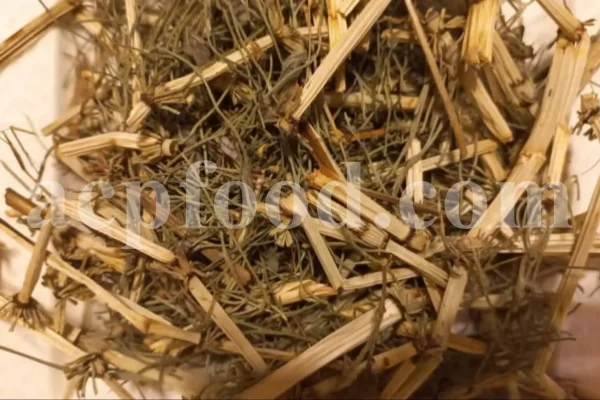
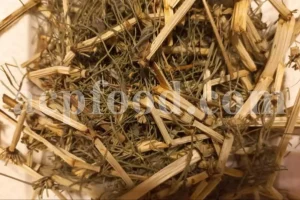
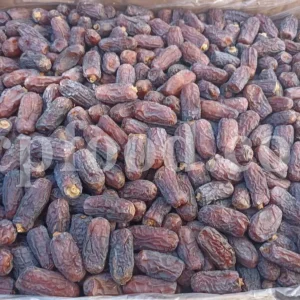
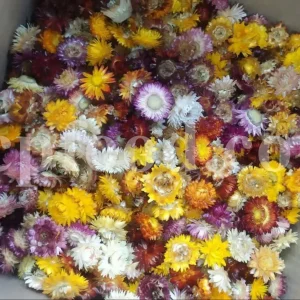
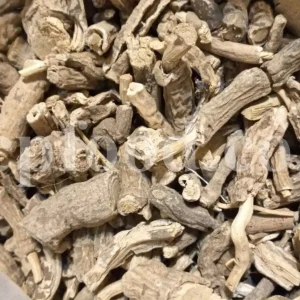

Reviews
There are no reviews yet.